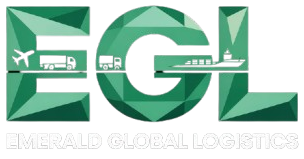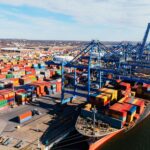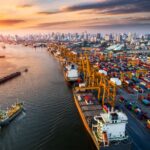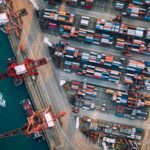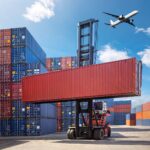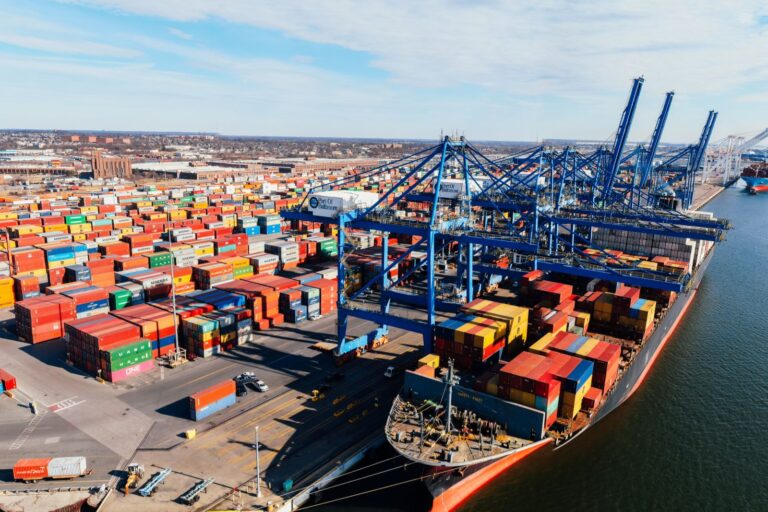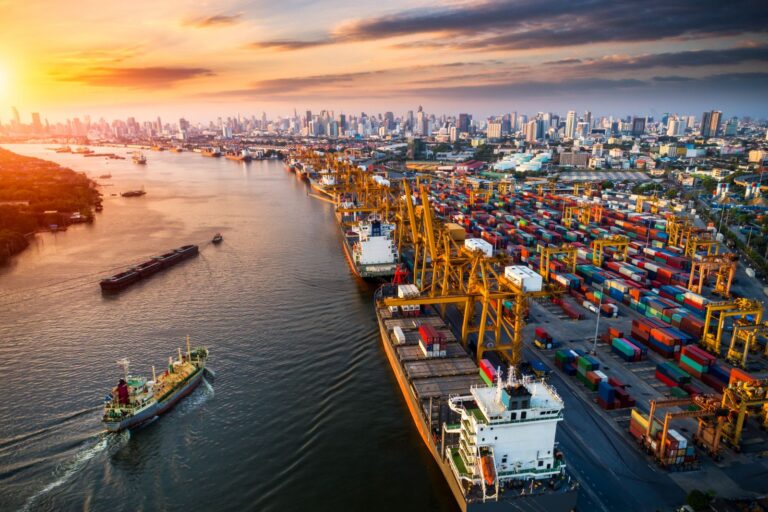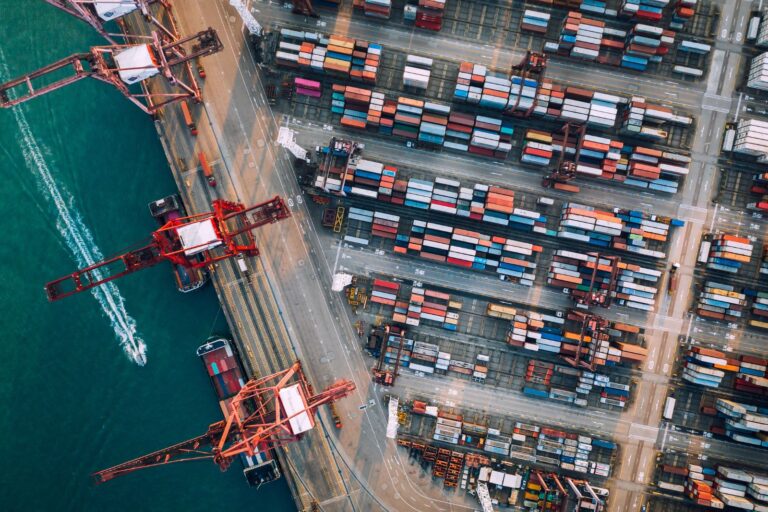The logistics industry is evolving rapidly, driven by technology innovations that improve efficiency, transparency, and cost-effectiveness. Businesses face increasing pressure to optimise supply chains, reduce delays, and meet customer expectations. Understanding the logistics technology trends 2025 is essential for companies aiming to stay competitive in an increasingly digital landscape.
At EGL – Emerald Global Logistics, we help businesses across Australia integrate cutting-edge technology into their logistics operations. From AI-driven route optimisation to blockchain-based tracking, emerging solutions are reshaping how goods move from origin to destination. In this guide, we’ll explore the key trends, benefits, practical applications, and strategies for implementing these technologies effectively.
Why Keeping Up With Logistics Technology Matters (H2)
Adopting new technology trends in logistics offers several advantages:
- Enhanced efficiency: Automation and AI reduce manual errors.
- Cost reduction: Optimised routes and predictive analytics save money.
- Improved visibility: Real-time tracking and data analytics enable proactive decision-making.
- Customer satisfaction: Faster delivery times and accurate updates boost trust.
EGL – Emerald Global Logistics supports businesses by integrating these innovations into customised supply chain solutions.
Top Logistics Technology Trends in 2025 (H2)
1. Artificial Intelligence & Machine Learning (H3)
- Applications: Predictive demand forecasting, route optimisation, and automated warehouse management.
- Benefits: Reduces operational costs, improves decision-making, and enhances resource allocation.
- Best Practice: Train teams on AI-driven systems and integrate with existing software.
2. Internet of Things (IoT) & Smart Sensors (H3)
- Applications: Real-time cargo monitoring, temperature control for perishables, and equipment tracking.
- Benefits: Prevents damage, ensures compliance, and provides actionable insights.
- Best Practice: Combine IoT devices with centralised dashboards for complete visibility.
3. Blockchain & Supply Chain Transparency (H3)
- Applications: Secure transaction records, tamper-proof tracking, and verification of goods.
- Benefits: Enhances trust, reduces fraud, and improves traceability across supply chains.
- Best Practice: Work with partners who support blockchain integration for logistics operations.
4. Autonomous Vehicles & Robotics (H3)
- Applications: Driverless trucks, drones for deliveries, and automated warehouse robots.
- Benefits: Increases efficiency, reduces labour costs, and ensures consistent performance.
- Best Practice: Start with pilot projects and scale gradually as regulations allow.
5. Cloud-Based Logistics Platforms (H3)
- Applications: Centralised data management, seamless communication, and real-time analytics.
- Benefits: Enables remote monitoring, faster collaboration, and data-driven insights.
- Best Practice: Ensure robust cybersecurity measures when adopting cloud solutions.
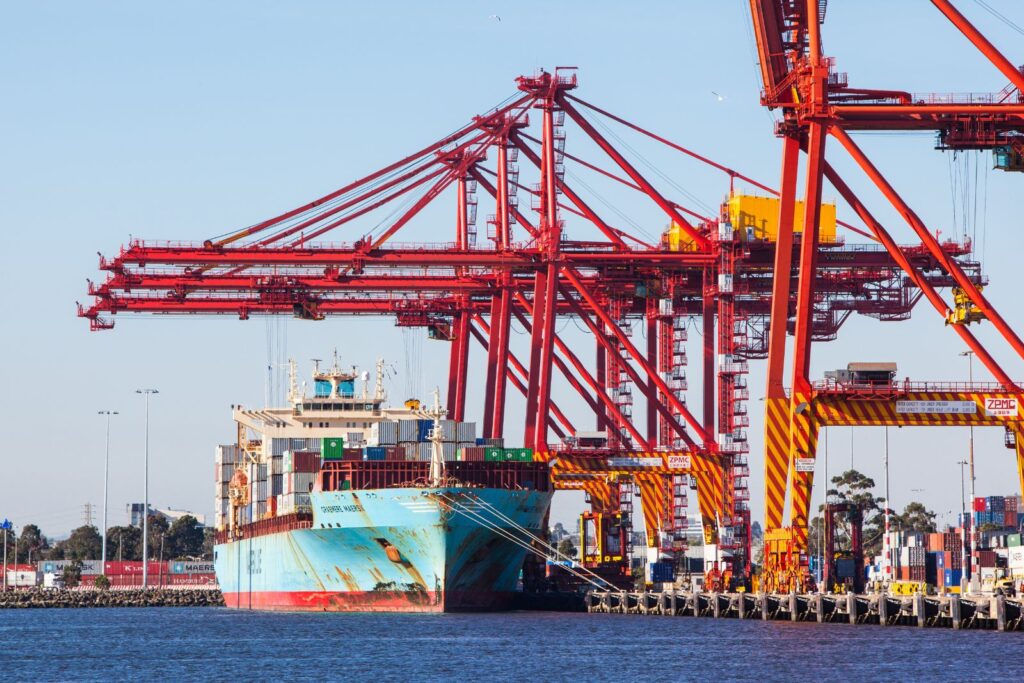
Step-by-Step Guide: Implementing New Logistics Technology (H2)
- Assess Current Operations: Identify areas needing efficiency or visibility improvements.
- Choose Relevant Technologies: Match solutions to operational pain points.
- Pilot Testing: Implement on a small scale to measure impact.
- Staff Training: Ensure team adoption and understanding of new systems.
- Full Integration: Roll out technology across all logistics operations.
- Monitor & Optimise: Continuously analyse performance and adapt strategies.
Costs and Pricing Insights (H2)
Technology adoption varies by scale and solution:
- AI & ML software: $10,000–$50,000 annually for mid-sized companies.
- IoT sensors & devices: $50–$300 per unit, depending on functionality.
- Blockchain platforms: $5,000–$20,000 setup costs plus transaction fees.
- Robotics & automation: $20,000–$200,000 depending on warehouse scale.
- Cloud logistics software: Subscription-based, $500–$2,000 monthly.
Investing in technology improves long-term efficiency and reduces operational risks.
Common Mistakes to Avoid (H2)
- Overlooking staff training and change management.
- Adopting technology without assessing ROI.
- Ignoring cybersecurity risks in digital systems.
- Implementing multiple solutions without integration.
- Failing to monitor and optimise technology usage.
Use Cases & Examples (H2)
Scenario 1: A Melbourne-based eCommerce company integrated AI for route optimisation, reducing delivery times by 25%.
Scenario 2: EGL implemented IoT sensors for perishable goods, preventing spoilage and ensuring timely customer deliveries.
Scenario 3: A logistics provider adopted blockchain for shipment tracking, enhancing trust with international clients.
FAQs (H2)
Q1: What are the key logistics technology trends in 2025?
A1: AI, IoT, blockchain, autonomous vehicles, and cloud-based platforms.
Q2: How can small businesses benefit from these technologies?
A2: By improving efficiency, visibility, and cost management in supply chains.
Q3: Does EGL provide technology integration support?
A3: Yes, EGL helps businesses adopt and implement logistics innovations.
Q4: Are autonomous vehicles ready for widespread logistics use?
A4: Adoption is growing but depends on regulations and pilot testing.
Q5: How much does adopting logistics technology cost?
A5: Costs vary from hundreds to hundreds of thousands depending on solution and scale.
Conclusion & Call-to-Action (H2)
Staying ahead of logistics technology trends 2025 is essential for businesses looking to optimise supply chains, reduce costs, and improve customer satisfaction. By leveraging AI, IoT, blockchain, and automation, companies can gain a competitive edge in an increasingly digital logistics environment.
If you’re ready to transform your supply chain with cutting-edge technology, contact EGL today for expert support: Contact Us.
Learn more about our services at Home or our company background on About Us.
